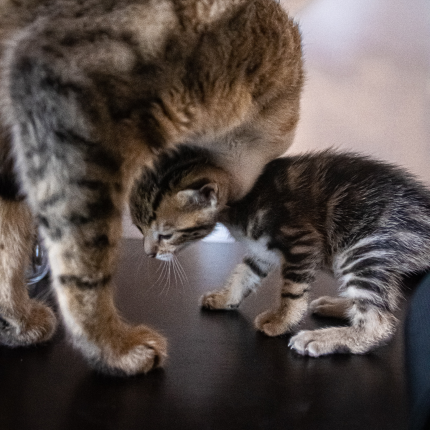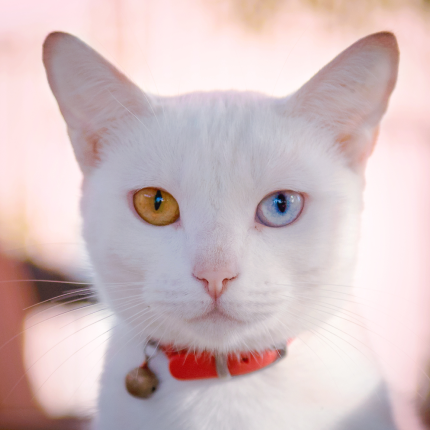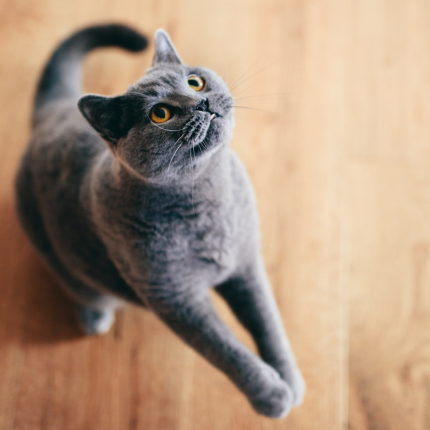Why Humans Should Never Scruff Their Cat

When it comes to handling cats, one technique veterinarians strongly advise against is scruffing. Grabbing a cat by the folds of skin on their neck, known as scruffing, may seem like a natural response to restrain or discipline them. Scruffing can lead to anxiety, stress, aggression, and a breakdown of trust in the feline-human relationship. Here’s why it’s crucial to refrain from employing this maneuver.
Understanding Scruffing
Cats are born with loose skin on the back of their neck, commonly called a scruff. Scruffing involves grasping a cat by their scruff, and while some believe it is an effective way to restrain, move, or reprimand a cat, it is not an approach humans should adopt. The natural behavior of scruffing is used by mother cats to carry or relocate her kittens, not to discipline them.
Natural Occurrences of Scruffing
In the wild, cats are only scruffed under specific circumstances, such as when they are kittens or during mating. As discussed earlier, mother cats scruff their kittens, and kittens are born with the instinct to go limp when scruffed. However, when the kittens are around two months old, this motherly behavior naturally diminishes. As for mating, male cats (tomcats) may bite the scruff of females during the process.
Negative Effects of Scruffing
While scruffing may occur naturally in the wild, cat owners should never practice it as a means of discipline or movement. It can severely affect the cat and its relationship with its human caretaker.
Anxiety: Scruffing can induce significant stress and anxiety in cats. Because of their instinctual inclination to freeze or go limp, getting scruffed removes their ability to control their environment and movement, leading to fear and discomfort. As a result, cats may exhibit defensive behaviors such as batting at the human’s hand or trying to escape the situation.
Aggression: Scruffing can also naturally occur when two cats are fighting each other, so the act of being scruffed can trigger aggression in cats. The experience of being forcefully restrained or experiencing pain can also cause cats to become more aggressive, and who could blame them?
Distrust: Holding or restraining a cat by its scruff can be counterproductive and erode the trust between the cat and its human caretaker. Over time, the cat may associate the pain and discomfort of scruffing with the person handling them, leading to a breakdown in trust and potentially fostering fear towards their caretaker.
Alternative Approaches
Instead of resorting to scruffing, there are far better methods to handle and restrain cats. Approaching them slowly and gently, holding them still with care, or even using the technique of “purrito” (rolling them up in a comfortable blanket) can provide a safer and less stressful way to handle cats when you need to do things your cat finds less than pleasant (giving medication, clipping her nails, putting her into her cat carrier, etc.).
Cat owners can cultivate a more trusting and harmonious relationship with their feline companions by understanding the risks and negative consequences associated with scruffing. Opting for humane and gentle handling techniques ensures the cat’s well-being and promotes a bond built on trust and respect.

Featured Articles

The Odd-Eyed Cat (AKA Heterochromia)
Cats are already beautiful and fascinating creatures, but people are bound to take notice when they have something as captivating as two different colored eyes. Odd-eyed cats always have one blue eye paired with either a green, yellow, or brown eye. This form of heterochromia occurs in other animals, including…

Greebles and Cats: The Origin and the Meaning
You may have seen an internet sensation concerning cats labeled “greebles.” Feel out of the loop? We’re here to help you. In 2019, Reddit user /user/literallyatree commented on a Reddit post about a cat that looks like it’s trying to slap a ghost. This user commented: “My family calls things…

Why Do Cats Roll Over Into Their Backs But Not Let You Touch Their Bellies?
It’s common knowledge dogs love to have their tummies rubbed when they freely lay down before you and roll onto their backs. But, if you’re also familiar with cats, you know that when they roll onto their backs with their bellies exposed, rubbing the belly will most likely result in…
